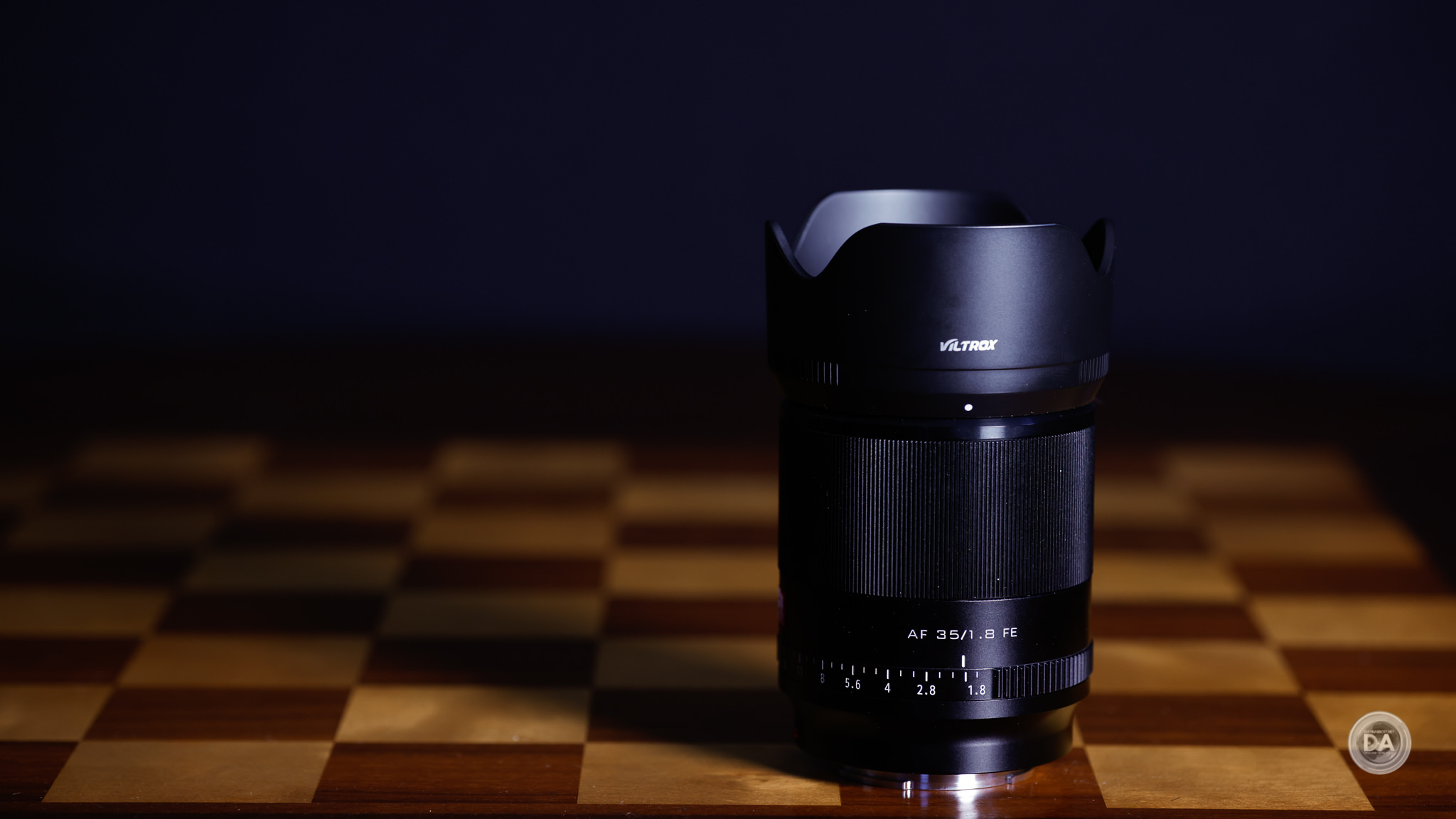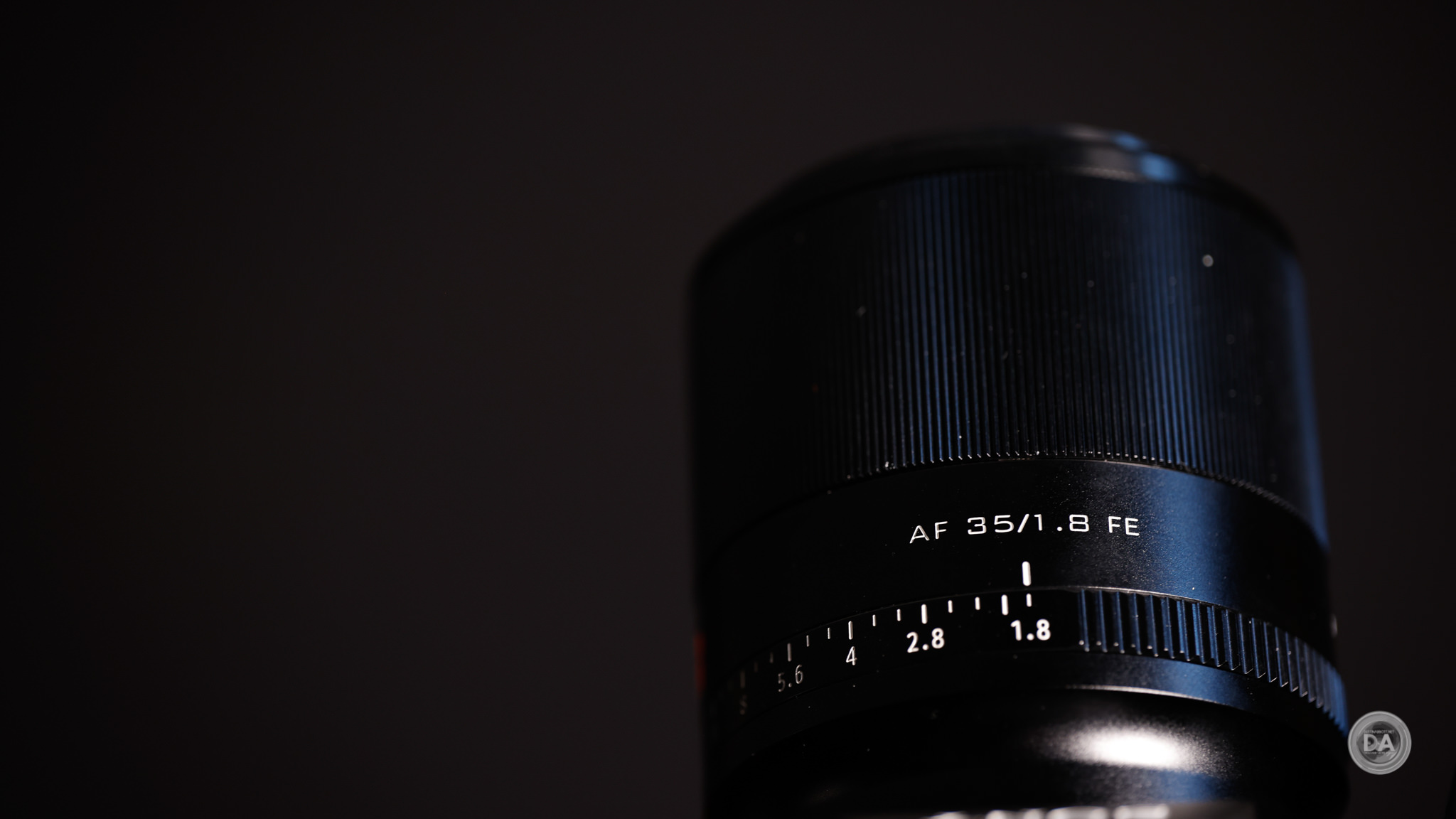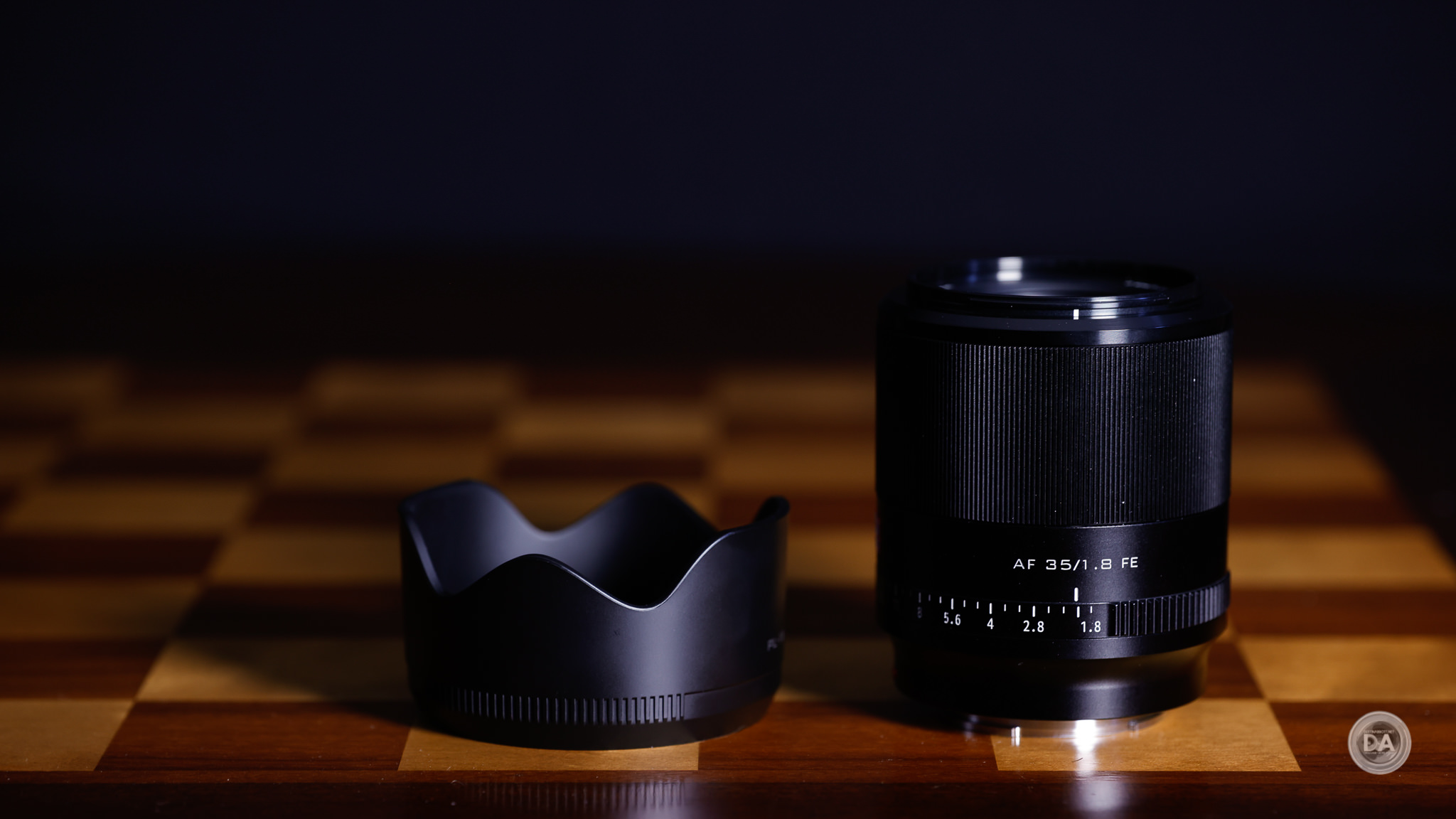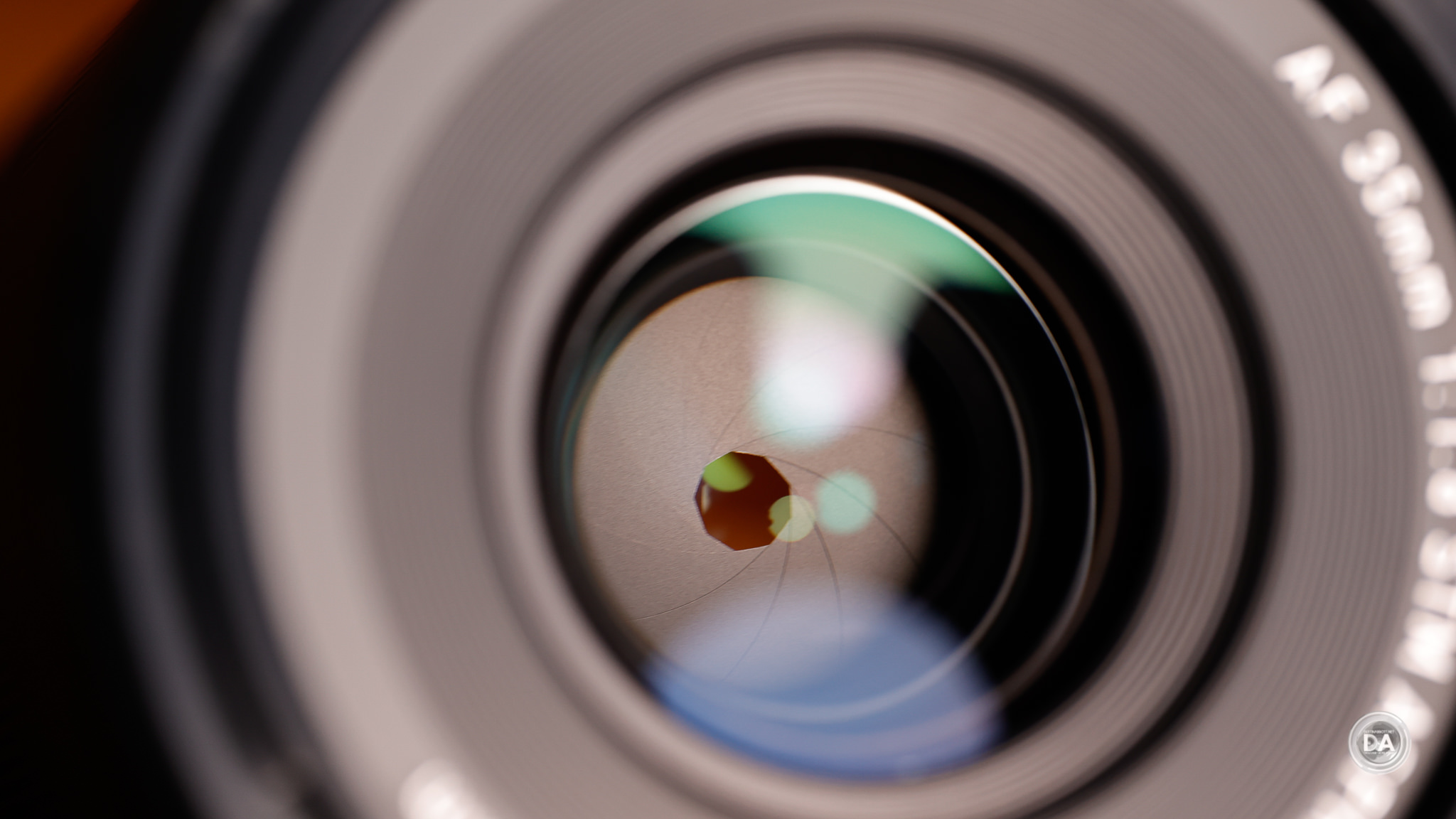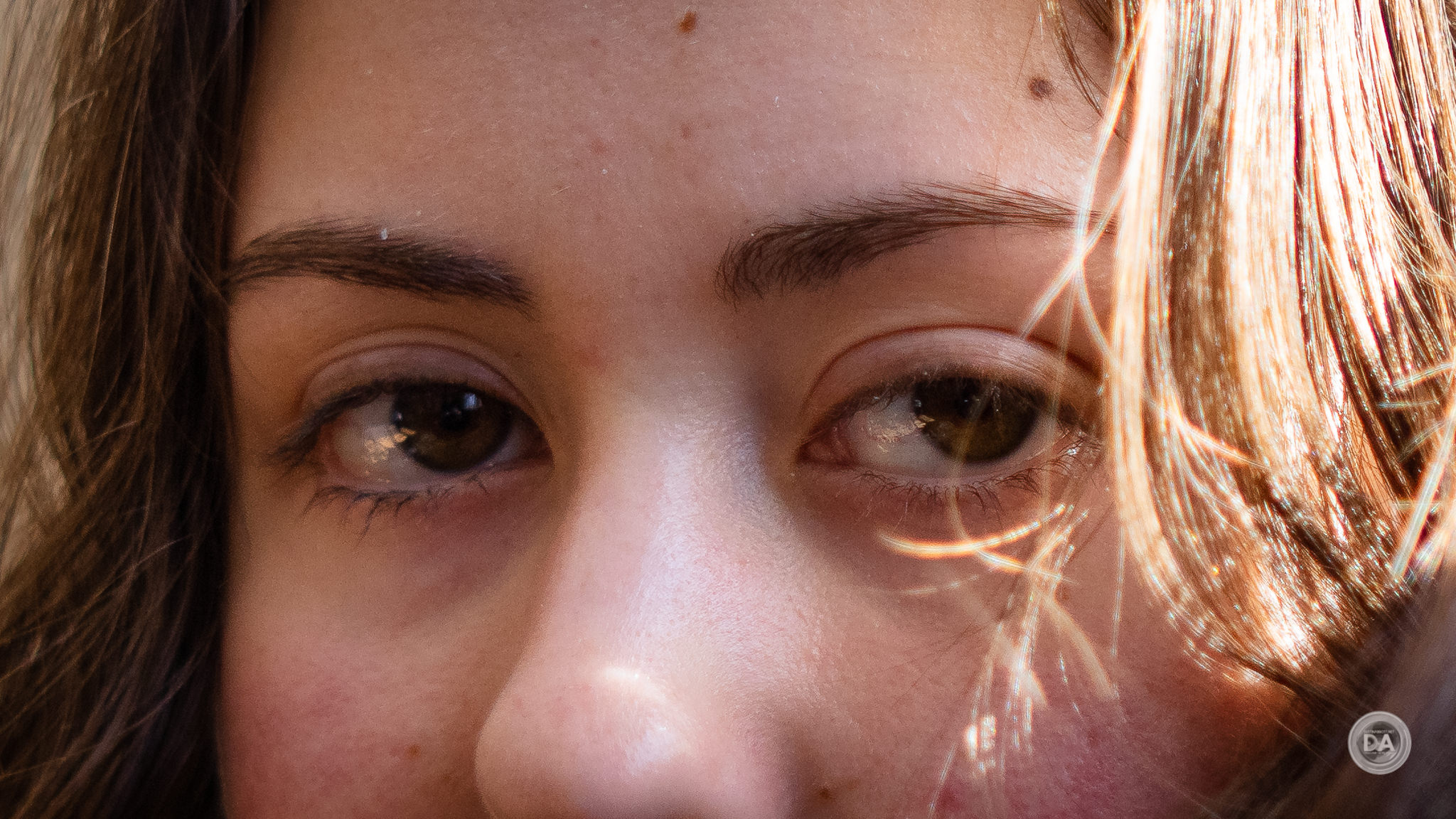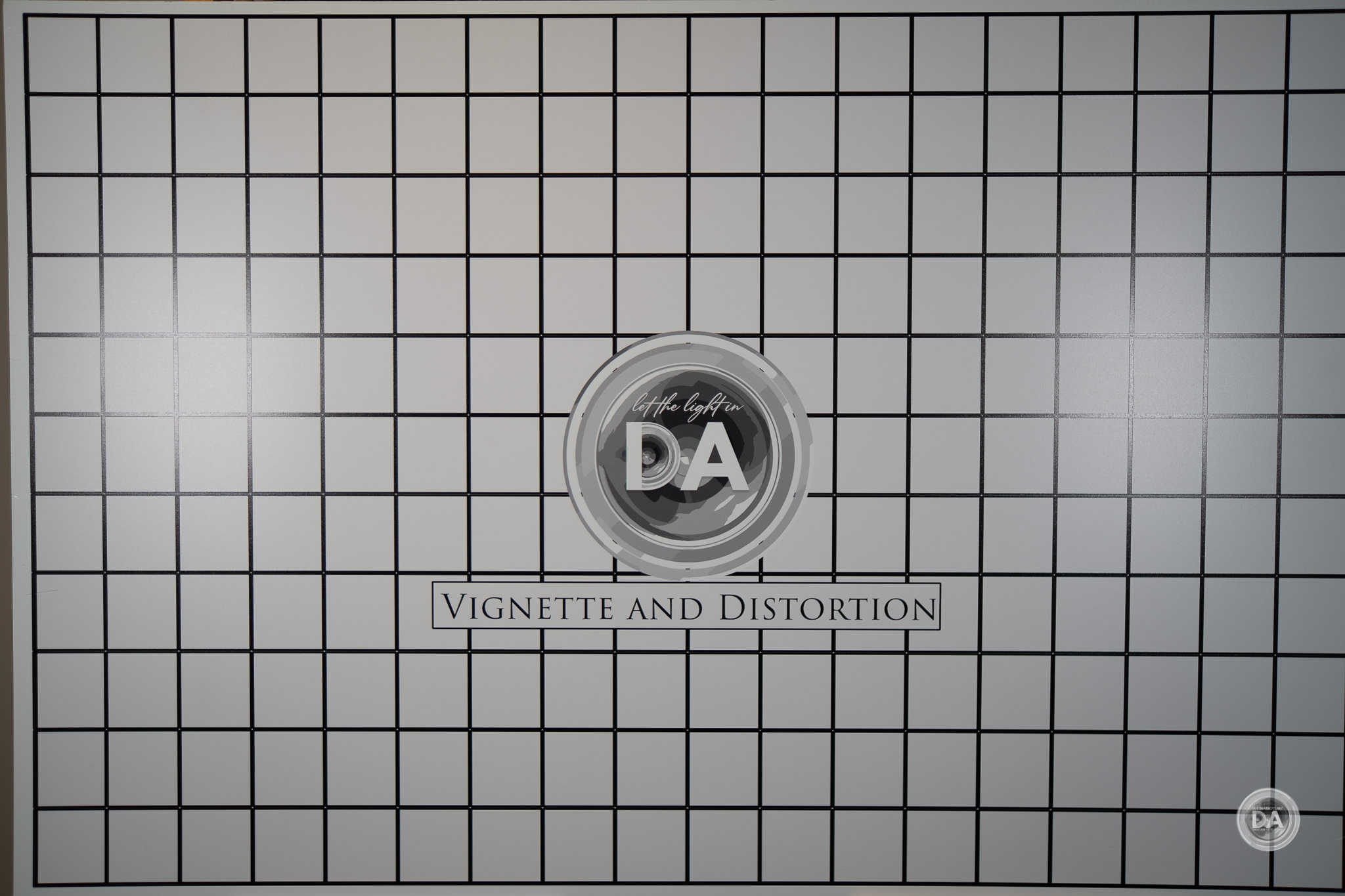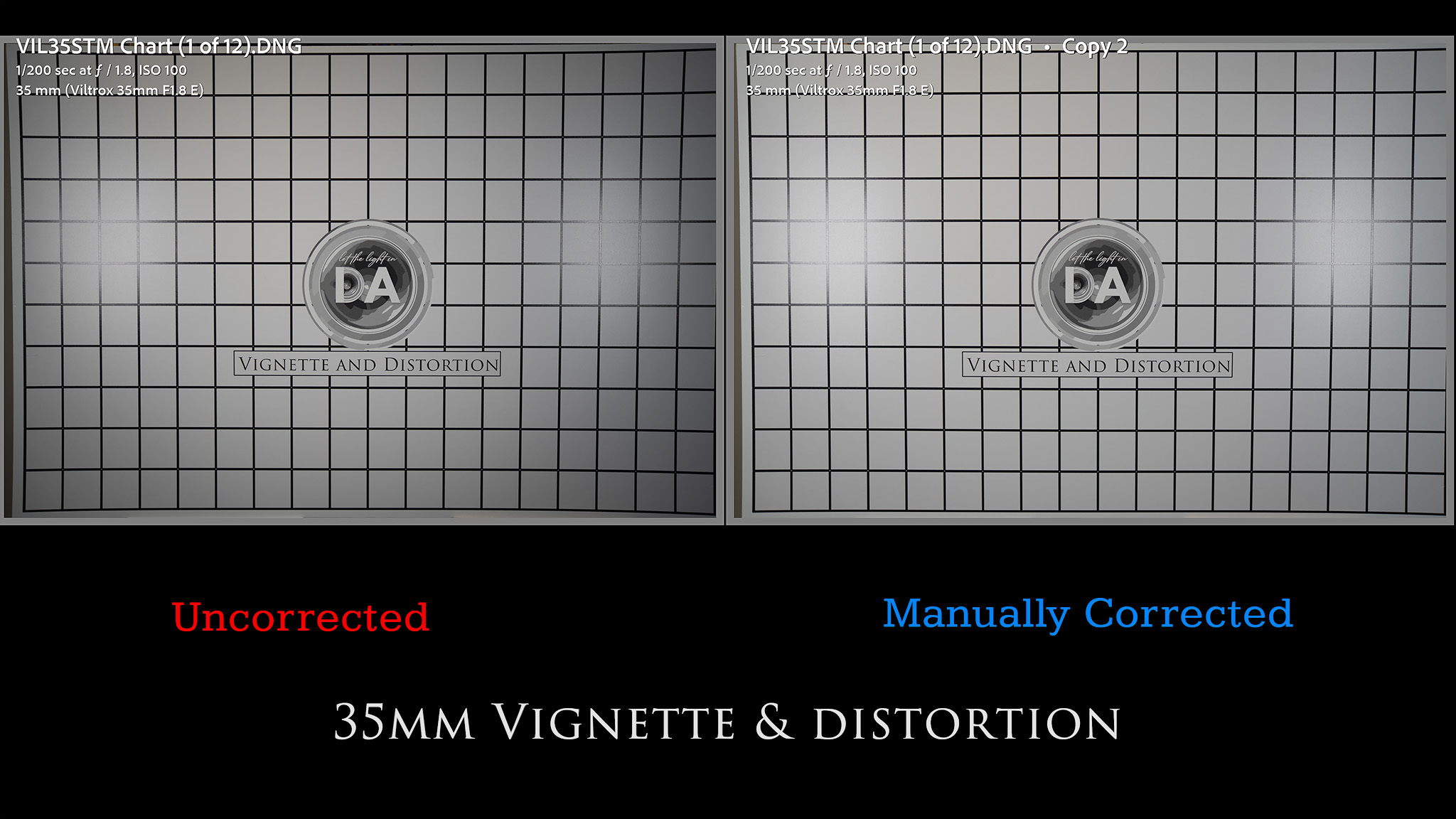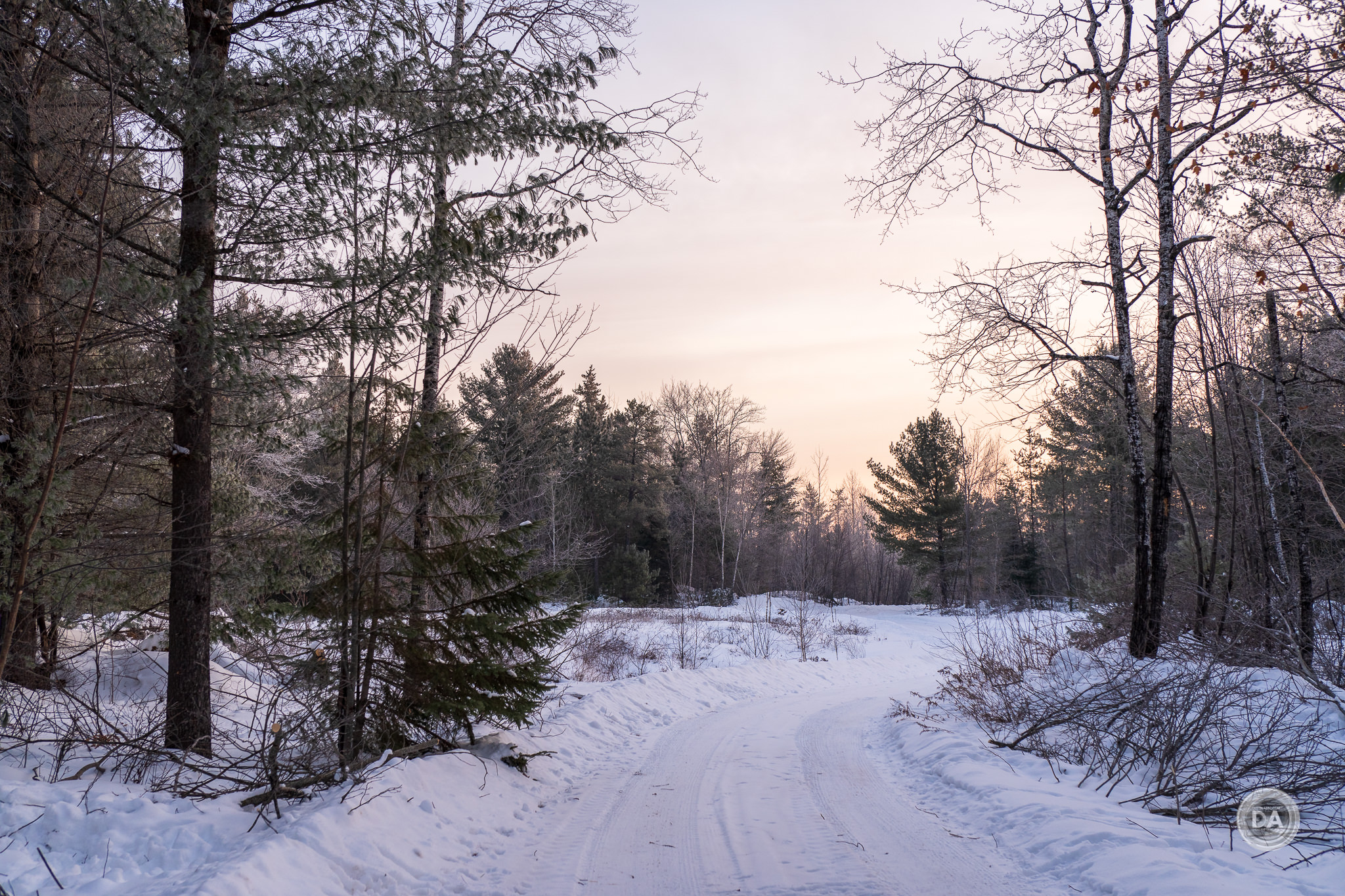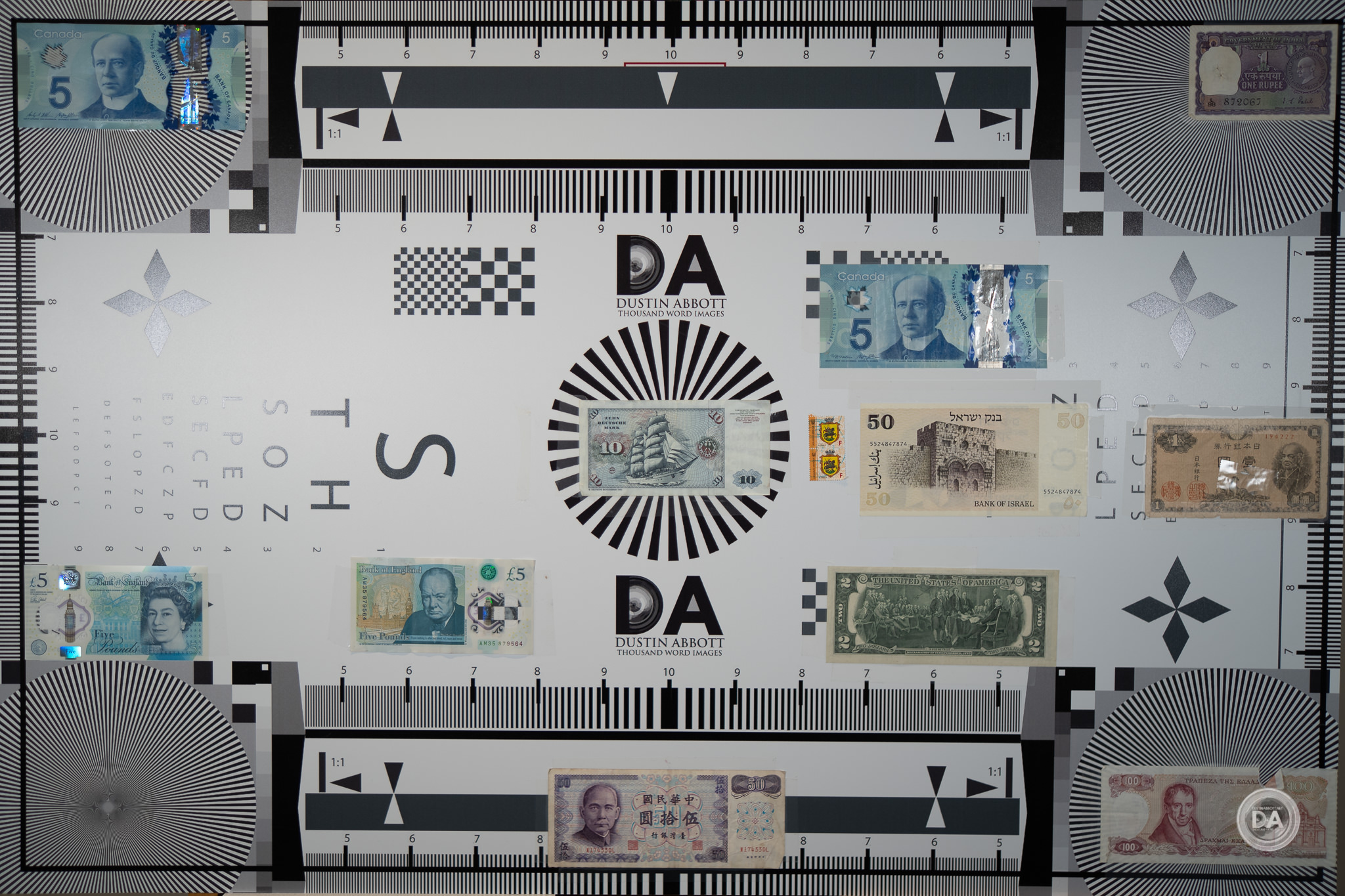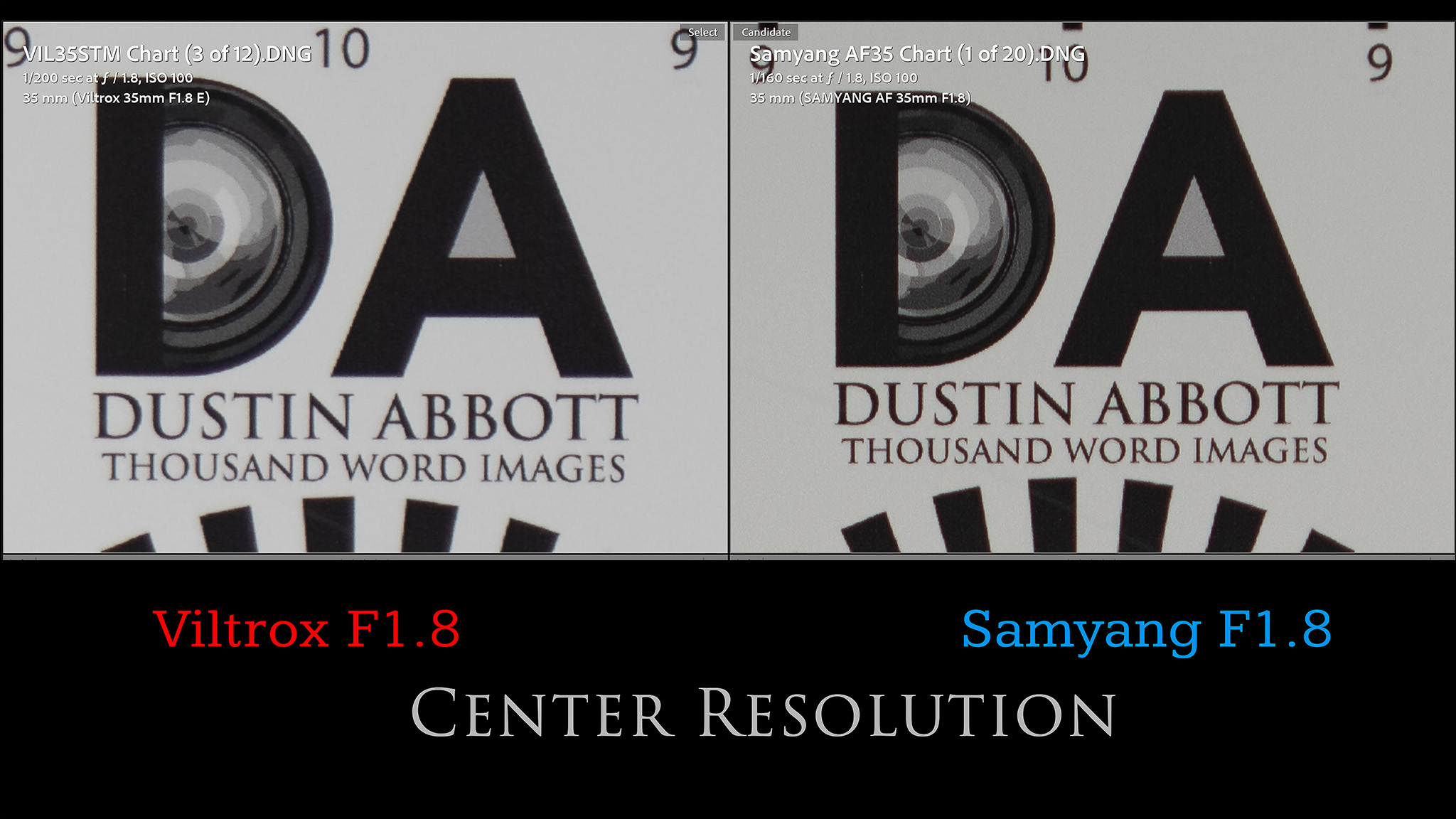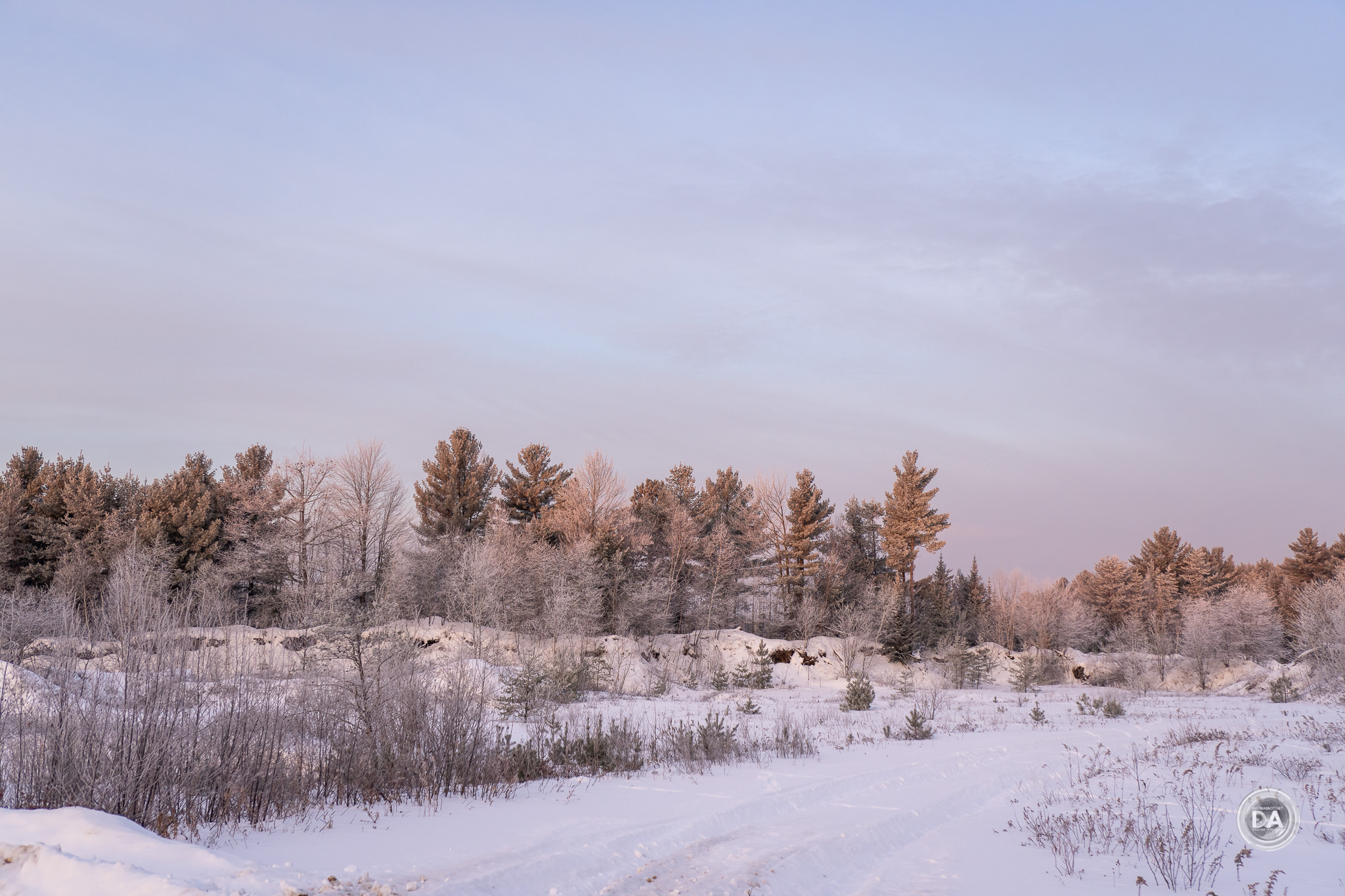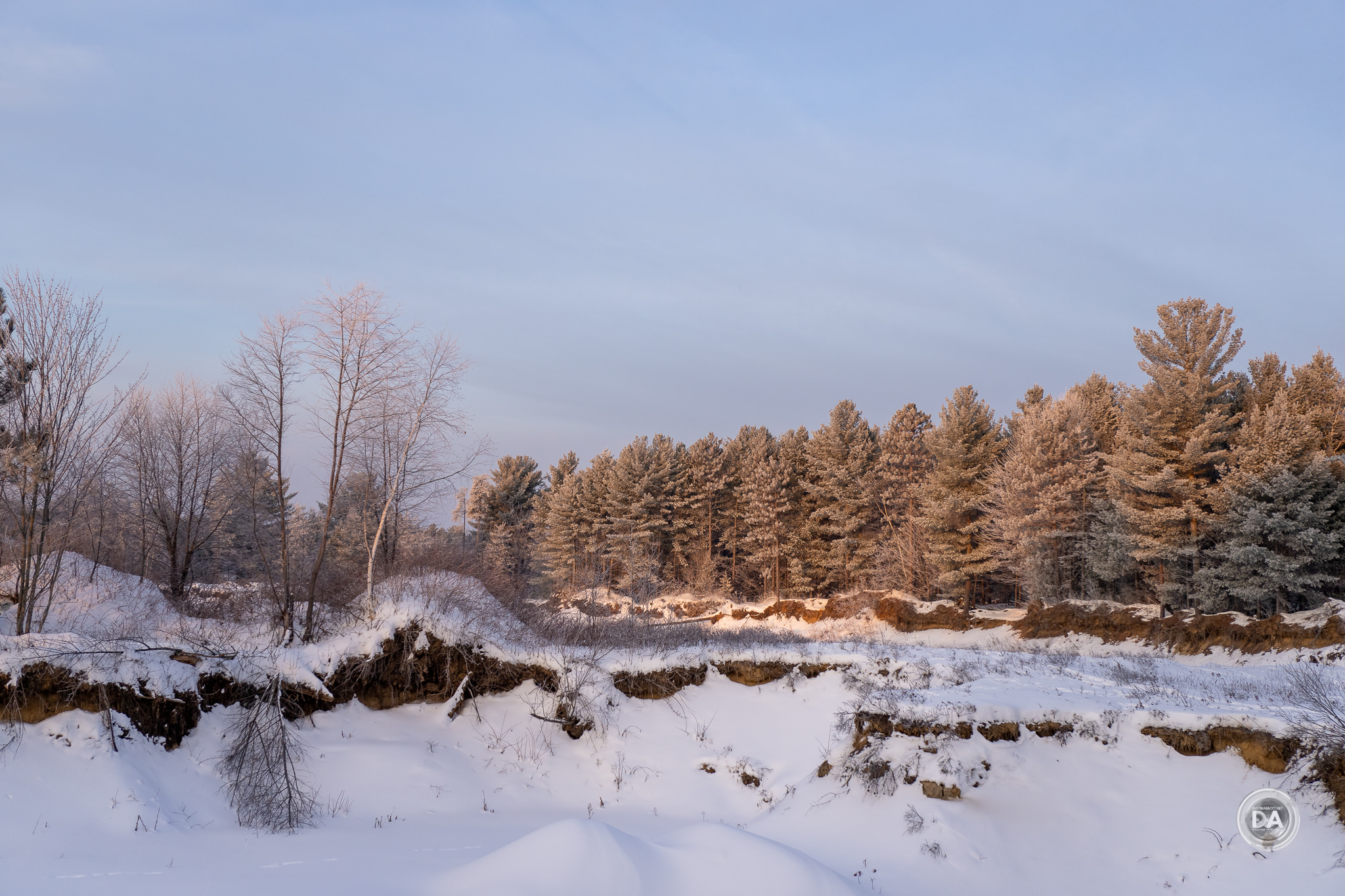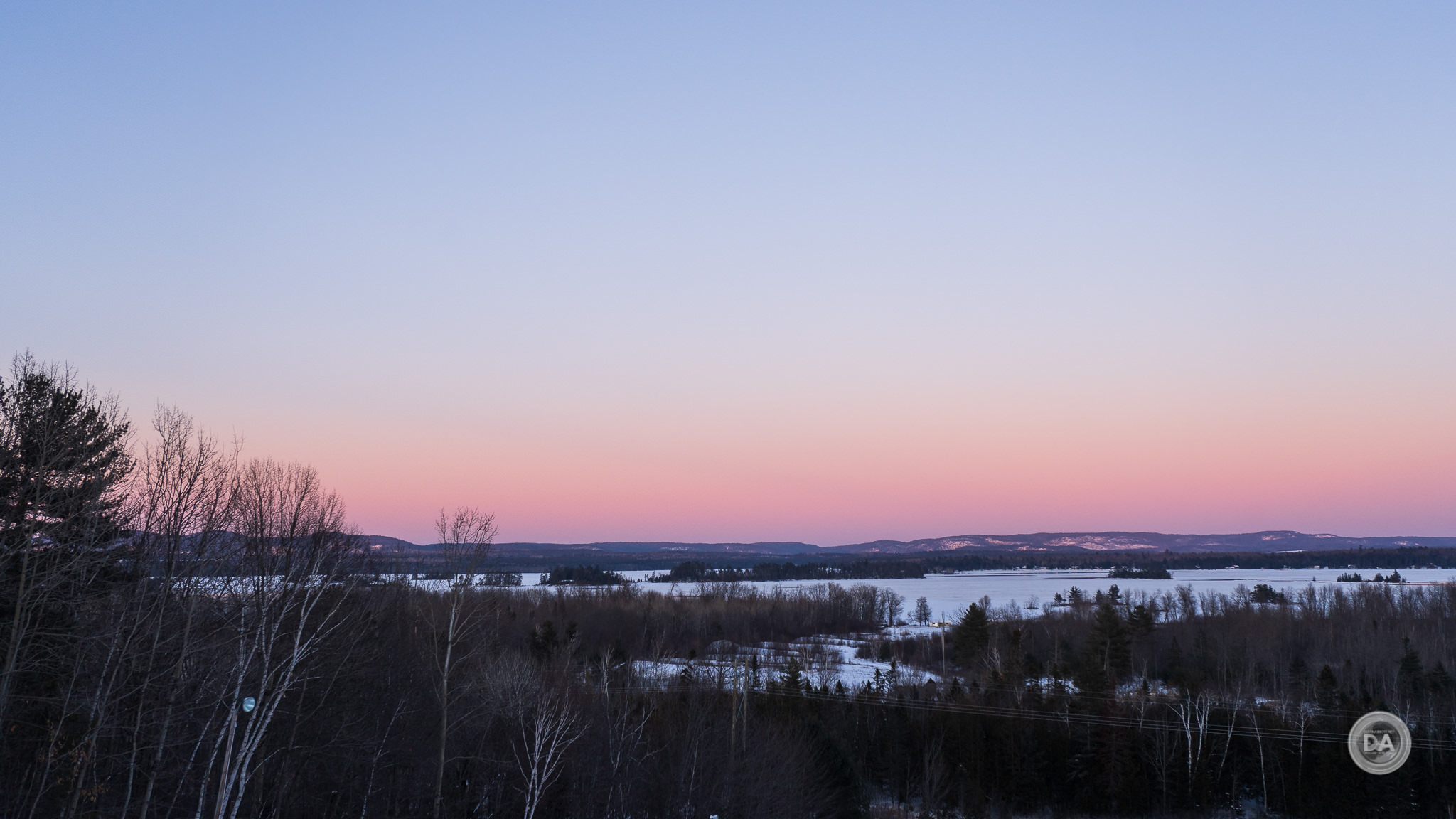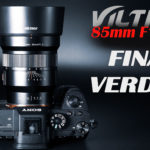You have to admire Viltrox. Just a few short years ago I reviewed my first Viltrox lens (a manual focus wide angle), but by their third lens, I was reviewing an autofocus lens. And, since that point, they have tackled most modern mirrorless platform with autofocus lenses, from Sony E/FE to Fuji X to Canon EF-M and RF to Nikon Z. That takes a lot of guts, as each platform has its own unique challenges, but Viltrox has smartly packaged and repackaged their optical designs with new looks, cine versions, and releases on new platforms like Canon RF and Nikon Z. They have pulled it off, too, with largely successful lenses at very competitive prices. About a year ago I reviewed what was the first of a new series of lenses for 2021, a 24mm F1.8 STM lens which I reviewed in a Sony FE mount. The 24mm was to be followed up in 2021 with a 35mm F1.8 along with a 50mm F1.8 lens. 2021 didn’t turn out like any of us planned, however, and development of the 35mm and 50mm lenses got pushed back. But fast forward a year, and I’ve already spent time reviewing the very competent Viltrox AF 50mm F1.8 STM (my review here) and have now turned my attention to the Viltrox AF 35mm F1.8 STM.
I’m doing this review on the Sony platform where there was a definite 35mm need just a few short years ago, but that void has been filled by a series of competent lenses, including Sony’s own FE 35mm F1.8 (my review here), Samyang AF 35mm F1.8 (my review here), and the Sigma 35mm F2 DN (my review here). That’s a crowded market, and Viltrox can’t even (at the moment) claim the least expensive slot, as that is filled by the Samyang ($329 USD). The Viltrox comes at a MSRP of $399 USD (which the Samyang also launched at), while the Sigma ($639 USD) and Sony ($748 USD) all range higher. But Viltrox doesn’t only produce for Sony. There’s already a Nikon Z mount available, and I suspect we’ll see a Canon RF version shortly. There’s a LOT of room for third party options on those platforms, as Viltrox is providing on the only third party 35mm F1.8 alternative on Nikon, and at a price less than 50% that of the Nikkor Z 35mm F1.8 S. On any platform, however, there are some Viltrox strengths that we’ll detail, including the ability to get some very photos from a competent, reasonably priced lens:
But there are also some areas where the Viltrox AF35 (as I’ll call it for brevity) doesn’t quite measure up to the standard of the competition. We’ll detail both in this real world review. If you prefer to watch reviews, you can choose either the long-format definitive review or the quick take video below:
Follow Me @ Patreon | My Newsletter | Instagram | Facebook | DA Merchandise | Flickr | 500px
I want to thank Viltrox for sending me a test retail copy of the lens for review. As always, this is a completely independent review. The opinions here are completely my own. *The tests and most of the photos that I share as a part of my review cycle have been done with the new Sony Alpha 1 which will serve as my benchmark camera for the foreseeable future (my review here).
Viltrox AF35 Build, Design and Handling
The Viltrox AF35 strikes a very nice balance between quality of build and compact size. It’s a bit more feature rich than the typical budget lens, and definitely has a higher grade of build with mostly metal and glass in the construction. The 35mm shares common design language with both the 24mm and 50mm F1.8 lenses, with nearly identical physical dimensions of 89.9mm long and 70mm in diameter, which on paper is about a millimeter longer. The weight of all three lenses is listed at 340g. Clearly Viltrox has once again leveraged an outer physical design into multiple optical formulas like they’ve done with the APS-C 23mm, 33mm, and 56mm F1.4 lenses. What we’ve got is a relatively compact lens, but one made of premium materials (all metal and glass).
This does lead to a lens that feels more expensive that its price tag suggest. Up front we have a 55mm filter thread, which is a small but relatively common filter size. This means you can share filters across the lineup. Like the rest of the barrel construction, the filter threads are metal, and the front aspect of the lens is nice.
There are no switches on the side of the barrel, and Viltrox has devoted the real estate on the lens to a nice aperture ring along with a wide manual focus ring.
The aperture ring is nicely executed, with one third stop markings (that line up precisely), though are there are no “detents” outside of the one between F16 (minimum aperture) and Auto mode to keep you from inadvertently switching between the two. This means that one could in theory do aperture racking, though electronically controlled apertures are often not the best for this.
The manual focus ring is really nicely executed. It is finely ribbed (in metal), so has great grip. It also has excellent damping, which makes focus emulation very nice and precise. The active focus area will be automatically magnified if focus assist is enabled, and this enables one to quickly confirm accurate focus visually. Viltrox has been doing a great with these manual focus rings, as all three lenses in this current series have one of the best executions of focus by wire in a non-premium lens that I’ve seen. A very quiet focus motor assures that there is no noise during manual focus.
The lens hood is the only discordant note here, as, while made of decently thick plastics, it feels a little cheap relative to the excellent materials used on the lens barrel itself.
Here’s a look at the overall specifications relative to the two competitors (neither of which have an aperture ring, a decent manual focus ring, and no real metals in the construction materials).
As noted, what we are missing in lens design is any switches (you’ll have to change between AF and MF in camera) and a lack of any weather sealing, though the front element has been treated with a water-resistant coating. Lens construction outside of these missing pieces is very nice.
There are nine rounded aperture blades, though you will start to see the shape of the aperture blades fairly quickly. Viltrox has improved in their ability to create a more even aperture iris, however. Some early ones were somewhat lopsided.
As you stop the aperture down (wide open, F2.8, F4 here), you will start to see the shape of the blades a bit. There is a mild amount of what we often call “onion bokeh” (concentric circles in bokeh ball highlights), but fortunately this is less pronounced than on the 50mm F1.8 (one of my main criticisms there). Bokeh balls are still not as clean as what I would like, however, though as we will see later on, the quality of the bokeh otherwise is quite nice.
Viltrox has included a USB-C port on the metal lens mount that allows you to connect the lens to a computer and update the firmware directly. The ability to easily update firmware is a huge asset for Viltrox, and a standard I would love to see other lensmakers adopt, as, frankly, it is a simpler process than a separate dock or even updating in camera like Sony lenses do.
Thus far magnification has rarely been a strength for Viltrox lenses. This often requires a more complicated floating lens group or specific engineering to achieve closer focus and thus higher levels of magnification. The Viltrox AF 35mm STM cannot focus as closely as competitors (40cm) and thus only has a 0.10x magnification. This figure lags competing lenses, which offer close to double that magnification (even higher with the Sony 35mm F1.8). Here’s what the magnification on the Viltrox AF35 looks like:
Not much magnification, obviously, though the upside is the contrast and detail is actually quite good even at F1.8. This has been a trend for Viltrox lenses – low magnification, but good performance at MFD including good contrast and detail along with a fairly flat plane of focus.
This section produces a slightly mixed bag of results, mostly due to the fact that the competition is a little stronger at 35mm than at, say, the 50mm F1.8 standard I was comparing to with their previous lens. Viltrox AF 35mm F1.8 STM is a very nicely built lens with some positive features, but competitors offer better magnification and even some weather sealing. I’d love to see Viltrox incorporate an AF/MF switch (they did on their RF 85mm F1.8) and start to include weather sealing in their designs, but outside of that, this is a lot of lens for the money.
Viltrox AF 35mm STM Autofocus Performance
The Viltrox AF 35mm STM utilizes a lead-screw type stepping focus motor (STM) that makes fast, quiet focus changes. I could hear some light whirring and clicking in some focus changes, but it was very quiet. Viltrox lenses have proven to be increasingly reliable when using them for video AF, too. I saw no hunting or loss of focus when in front of the camera; it stayed solidly locked onto my eye/face without any pulsing. I was also very pleased with my focus accuracy when shooting stills, where even very narrow depth of field situations returned very consistently good focus results on my Sony Alpha 1.
Focus speed was typically very good and results were generally confident; I saw no problem with settling before focus lock was achieved. The reasonably large maximum aperture helps low light focus when shooting at large apertures. I was actually very impressed by a series of photos I took in extremely dim conditions (mostly shooting at ISO 12,800) where Loki was laying under a blanket on the couch in a near dark room. Eye AF immediately locked on and every shot (10 in the series) was perfectly focused even when I varied things up in terms of the placement of the subject and moving him nearer the edges of the frame.
I was testing the high end medium format Fuji GFX-50S II at the same time and mounted the GF 110mm F2 (a $2800 lens!) on to try to capture the same setting with Loki. Focus hunted back and forth, back and forth, without locking on. I ended up manually focusing. Medium format autofocus is not on the same level as modern full frame cameras, but it was a bit jarring to see how big the difference was. Kudos to Viltrox for creating autofocus motors that work so well with Sony’s cameras, though.
Like most lenses on Sony, the Viltrox AF35 focuses at the preset aperture, meaning that the advantage of a larger aperture is lost if your aperture is set at, say, F2.8. If you are in very low light conditions, you might want to focus with the lens at F1.8 if you get some hunting with a smaller preset aperture.
Eye AF works very well whether a human or animal is the subject. Here’s a shot of Ferrari at F2.2 that shows accurate focus and very nice sharpness.
Eye AF with humans was also accurate, though I got a few false positives in this challenging situation (side lit and with hair covering the eye somewhat). I switched the priority to the other eye, and focus results were then excellent.
I also got good accuracy at wide apertures when out doing general purpose photography. I love the versatility of the 35mm focal length (one of my favorites!) as you can go from close ups like this one:
…to bigger picture landscapes like this one:
I do have one autofocus criticism, however. When I did my focus pull test I got smooth and accurate pulls, but I could hear some very obvious motor noise (a whirring/clicking kind of noise). These days it is rare to hear obvious focus noise in situations like this, and a lens like the Samyang AF 35mm F1.8 is at a similar price point but has a quieter focus motor. I was a little surprised when it was as loud as it was for this test, as I didn’t see notice focus noise much in ordinary use. The Samyang is probably a better choice for those wanting to do video for that reason, though.
Viltrox has done a generally good job, however, of nailing consistent autofocus in a very brief period. They are fast learners over there!
Viltrox AF 35mm STM Image Quality
The Viltrox AF 35mm F1.8 STM definitely has a good but not exceptional MTF chart, and if you compare it to the chief competitor (the Samyang, shown second), you can see that the Samyang is just a little better pretty much everywhere in the frame.
The MTF suggests that at F1.8 there is good center performance with a dip slightly off center that then picks up close to the edges and with another drop-off right in the corners. We’ll see if that bears out in real world tests.
All chart tests done with a Sony Alpha 1 (50MP) using a tripod and a two second timer.
We’ll work through the chart results by first looking at distortion and vignette. I’ll note that once again I was pleasantly surprised to find that there was already a standard correction profile in Lightroom for the lens. This is a lens that is only just now coming to market, so it’s impressive that Viltrox is now getting this level of software support. The profile does a pretty good job of correcting for distortion and vignette:
If we turn off the assistance, however, we discover that there really isn’t much distortion but a fairly significant amount of vignette exists.
I corrected the small amount of pincushion distortion with -3, while the vignette required more correction with a +60 to correct for, so 2+ stops in the corners. A bit more vignette than what I would like, but nothing extreme. Having that RAW support in terms of a profile is a nice change from where Viltrox was even a year ago.
That’s the good news. The bad news?
At this point, Viltrox lenses aren’t receiving correction in camera for JPEGs or video. I mostly shoot RAW images, so I don’t think about it much, but those of you who typically rely on in-camera corrections and shoot JPEG are going to be disappointed here. My hope that is Viltrox gets to a place where they get more support and their lenses get in-camera corrections.
As someone who spends time with most of a company’s new products, you start to get a feel for where the strengths and weakness of their optical designs typically fall. For Viltrox, those weakness typically include low magnification due to higher than average minimum focus distances (true here) and also a tendency towards some longitudinal chromatic aberrations. I do see some of the typical green fringing that I’ve come to expect, but this is probably a little milder than usual for a Viltrox lens.
Lateral Chromatic Aberrations usually show up along the edges of the frame as fringing on either side of high contrast areas (like the bare branches below), but they seem to be quite well controlled in the Viltrox AF35.
So how about resolution and contrast? Here’s a look at my test chart:
And here are the crops (at roughly 170% magnification) from the center, mid-frame, and extreme corner at F1.8:
The center shows a good amount of resolution and decent contrast, but acuity (a word I use to describe resolving fine details) is only average. There isn’t a huge drop-off across the frame, with my mid-frame result looking more competitive and the corners not completely falling apart. I do note the lack of acuity there, however, with a look almost like a bit of motion blur. It’s not motion blur, however, as this was done from a solid tripod with a two second countdown.
My perception of real world sharpness varied according to the subject and situation. This shot of Loki at F1.8 is pretty good:
This one was even better:
This shot didn’t really wow me with the real world contrast on the lock, however.
I looked back to see how the Samyang compares, and I found that the Samyang delivered a bit more contrast and more consistent detail across the frame (I tested the Samyang on the a7RIII [42MP], so it is at a slightly lower resolution level.)
I checked back in at F2.8, and the Samyang had sharpened up a bit more relative to the Viltrox there. I would say the Samyang is the sharper lens (as the MTF charts suggest), though the Viltrox shines in have very nice bokeh as we’ll see in a moment. Back to sharpness, though.
The Viltrox AF35 sharpened up nicely at F2.8, however, with noticeably higher levels of contrast and detail across the frame:
Corners don’t ever quite reach the level of excellence of the center and mid-frame. Landscape images look great, but the corners aren’t quite as crisp:
The Viltrox AF35 had the good fortune of being the lens in hand on a particularly beautiful winter morning where a frost coated the trees and the sun rose with beautiful pastels in the sky. The pictures I got were pretty stunning, like this:
…and this:
You can see more from that morning and others by checking out the lens image gallery here.
As I alluded to previously, I did feel the bokeh was quite nice. The low minimum focus distance means that you will have few opportunities to really completely blur out a background, but I did feel the quality of the bokeh was good in more typical situations. Here’s one where I felt the background was very nice and soft:
This situation had the potential for some ugly bokeh due to all the bare plants and limbs (many straight lines don’t make for nice bokeh!), but I thought this image still looked quite appealing despite the challenging environment.
Finally, here’s a shot with more traditional “bokeh balls”, and, other than some fringing on the bokeh circles, the quality of the defocused area is quite good for a 35mm F1.8 lens.
I was able to test coma performance, where I found that the lens gave only an average performance. There’s definitely some comatic distortion as you move off towards the edge, though I felt the image as a whole looked pretty good (so don’t hesitate to use the lens for astrophotography even if it isn’t a top pick!)
The lens isn’t necessarily free of flare, but I didn’t see any real world issues. The morning sun was bright here but did not give me any ugly artifacts.
This is not a top tier optical performance, per se, but it certainly is good enough to produce a lot of beautiful photos…and at a very reasonable price point.
That’s become a Viltrox hallmark. Good optical performance, nicely executed autofocus, and very nice build quality at a reasonable price. I have yet to see a Viltrox lens I would consider to be “best in class”, but I’ve frequently seen lenses that outperform their price point…and I would say that’s true here.
Conclusion
Viltrox has stepped up and taken a crack at the traditional lineup of full frame primes. We now have 24mm, 35mm, 50mm, and 85mm options all with F1.8 apertures, and, unlike previous era lenses, these aren’t “plastic fantastics” with cheap build quality and buzzy, slow autofocus motors. These are all competitive lenses that deliver better build, better autofocus, and often better image quality than their price suggests.
The Viltrox AF 35mm F1.8 STM is the newest member of that lineup, and as a standalone lens it fairs quite well. It has no glaring flaws, but neither does it have any particularly compelling strength, either…and that’s the challenge on the Sony platform where I reviewed it. Sony has had a number of very good 35mm options added over the past couple of years, and I’m not sure that the Viltrox AF35 makes a case for itself to stand out from the crowd. There are fewer options available on the Nikon Z platform (and likely Canon RF to come), so I think the lens will do fine across the platforms.
This conclusion highlights the challenges for modern lens makers. Where once there was the first party lens makers (Canon, Nikon, Sony, etc…) and a few established third party alternatives (Sigma, Tamron, and Zeiss), now there are many, many more credible options from companies like Viltrox, Samyang, Laowa, and more. The proliferation of new lens choices makes it increasingly hard for any new lens to stand out from the crowd. That’s the challenge that the Viltrox AF 35mm F1.8 STM faces. It’s a very good lens, that, if released even 2 or 3 years ago, would have been enthusiastically received. The good news is that it is still a good lens now, so if you do choose it among the other options, you will have made a very good choice.
Pros:
- Nice construction of mostly metals
- Nice aperture ring
- Well executed, smooth manual focus ring
- Upgraded USB port to USB-C
- Good focus accuracy
- Good center sharpness wide open
- Excellent sharpness across most of the the frame when stopped down
- Low distortion
- Good price
Cons:
- Some noticeable focus noise during video pulls
- Some longitudinal fringing
- No in camera corrections
- No weather sealing
- Low magnification figure
- Corners never quite catch up with the center and mid-frame when stopped down
Gear Used:
Purchase the Viltrox AF 35mm F1.8 STM @ B&H Photo | Amazon | Viltrox Store (use Code DUSTINABBOTT for a discount) | Pergear | Amazon Canada | Amazon UK
Purchase the Viltrox AF 50mm F1.8 STM @ B&H Photo | Amazon | Viltrox Store (use Code DUSTINABBOTT for a discount) | Pergear | Amazon Canada | Amazon UK
Purchase the Viltrox AF 24mm F1.8 STM @ B&H Photo | Amazon | Viltrox Store (use Code DUSTINABBOTT for a discount) | Pergear (Worldwide) | Amazon Canada | Amazon UK
Purchase a Sony a7C @ B&H Photo | Amazon | Camera Canada | Amazon Canada | Amazon UK | Amazon Germany | Ebay
Purchase the Sony Alpha 1 @ Camera Canada | B&H Photo | Amazon | Amazon Canada | Amazon UK | Amazon Germany | Ebay
Purchase a Sony a9M2 @ B&H Photo | Amazon | Camera Canada | Amazon Canada | Amazon UK | Amazon Germany | Ebay
Sony a9 Camera: B&H Photo | Amazon | Camera Canada | Amazon Canada | Amazon UK | Amazon Germany | Ebay
Sony a7RIV Camera: B&H Photo | Amazon | Camera Canada | Amazon Canada | Amazon UK | Amazon Germany | Ebay
Buy DA Merchandise https://bit.ly/TWIMerch
Purchase a Sony a7C @ B&H Photo | Amazon | Camera Canada | Amazon Canada | Amazon UK | Amazon Germany | Ebay
Peak Design Leash Strap: Peak Design Store | B&H Photo | Amazon | Amazon Canada | Amazon UK
Adobe Photoshop Creative Cloud 1-Year Subscription
Exposure Software X6 (Use Code “dustinabbott” to get 10% anything and everything)
Visit Dustin’s Amazon Storefront and see his favorite gear

Purchasing your gear through B&H and these links helps fund this website and keeps the articles coming. You can also make a donation here if you would like. Visit my Amazon page for some of my gear of choice! Thank you for your support.
Great News! I can now offer a 5% discount on all purchases at Amplis Foto, Canada’s Leading Photographic Supplier. Please enter discount code: AMPLIS52018DA in your cart. It is good for everything in your cart, and is stackable with other coupons, too! It will take 5% off your entire order! Proceeds go towards keeping this site going and providing you with new reviews!
Check me out on: My Patreon | Sign Up for My Newsletter | Instagram | Facebook | Twitter | Flickr | 500px | Google+ |
Keywords: viltrox, viltrox AF, Viltrox AF 35mm STM FE, Viltrox AF Sony, STM, viltrox 35, viltrox 35mm F1.8 STM, viltrox 35 1.8, viltrox af 35mm 1.8 STM review, Viltrox 35mm Sony, Viltrox 35mm Review, Review, Dustin Abbott, FE, Viltrox AF 35mm F1.8, Viltrox 35mm F1.8 review, viltrox 35mm 1.8 review, Portrait, Sony a7RIII, Sony a7IV, Sony Alpha 1, Sony a7C, Bokeh, Sharpness, Resolution, Video Test, Sample Images, Real World, Sony 35mm F1.8, Samyang 35mm F1.8, Sigma 35mm F2




